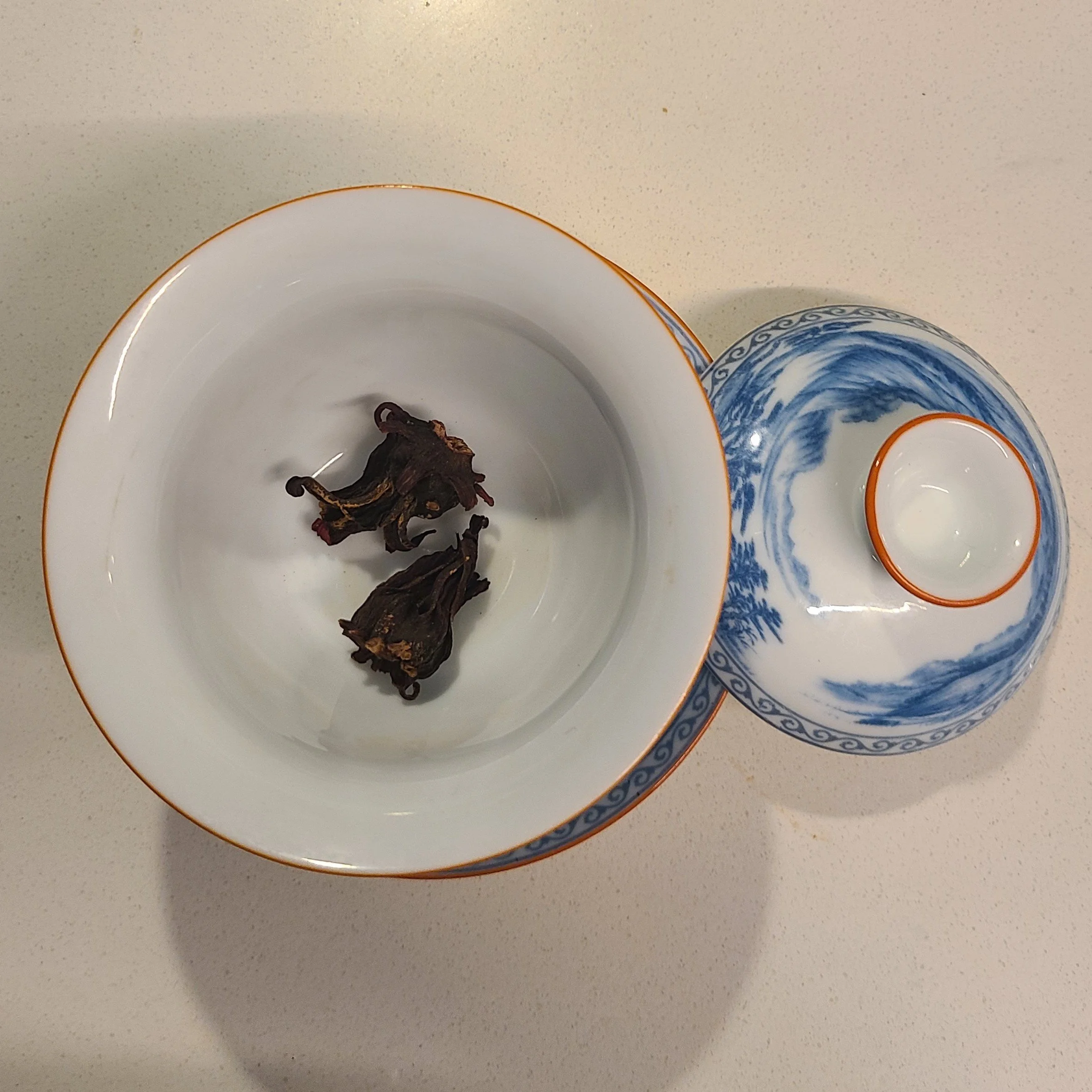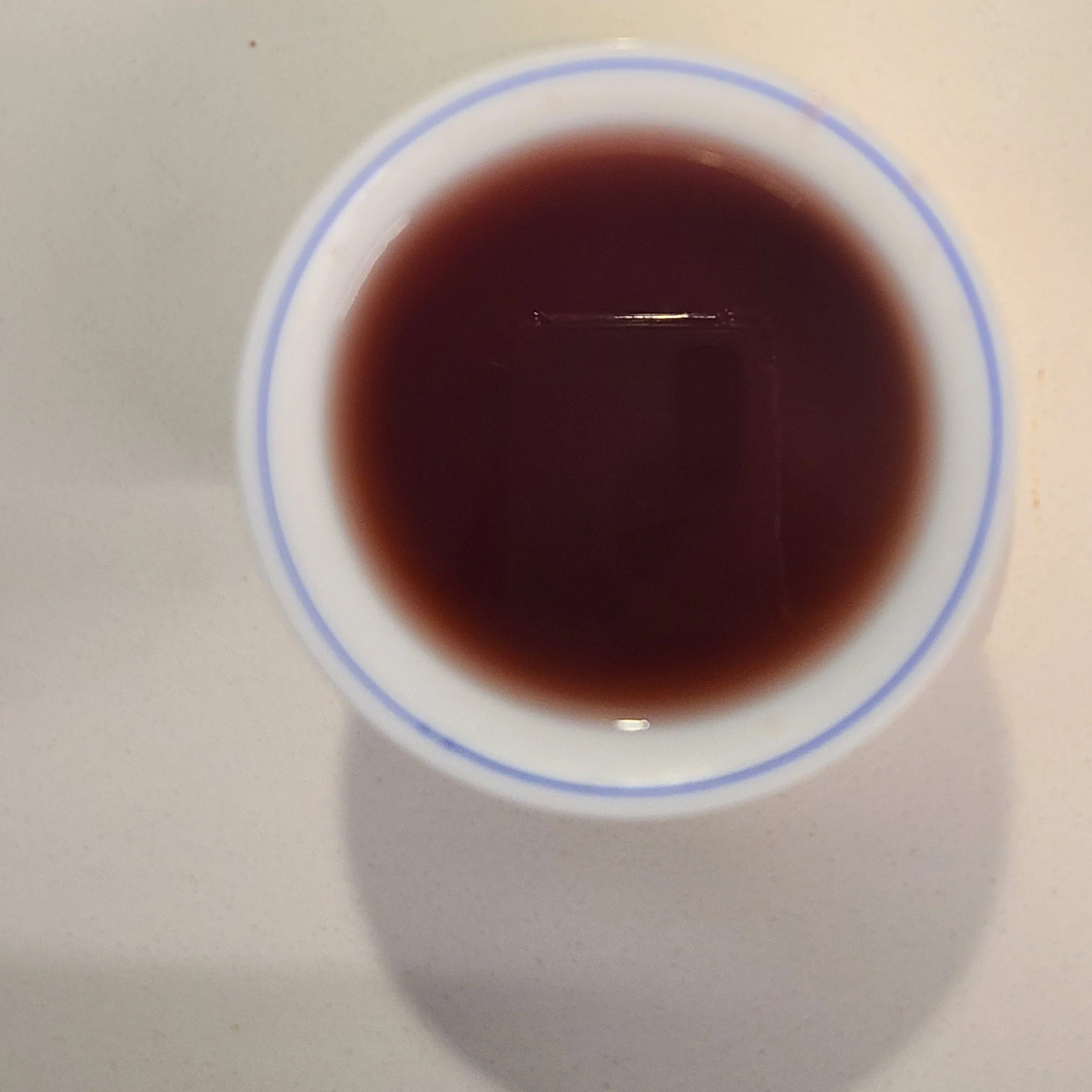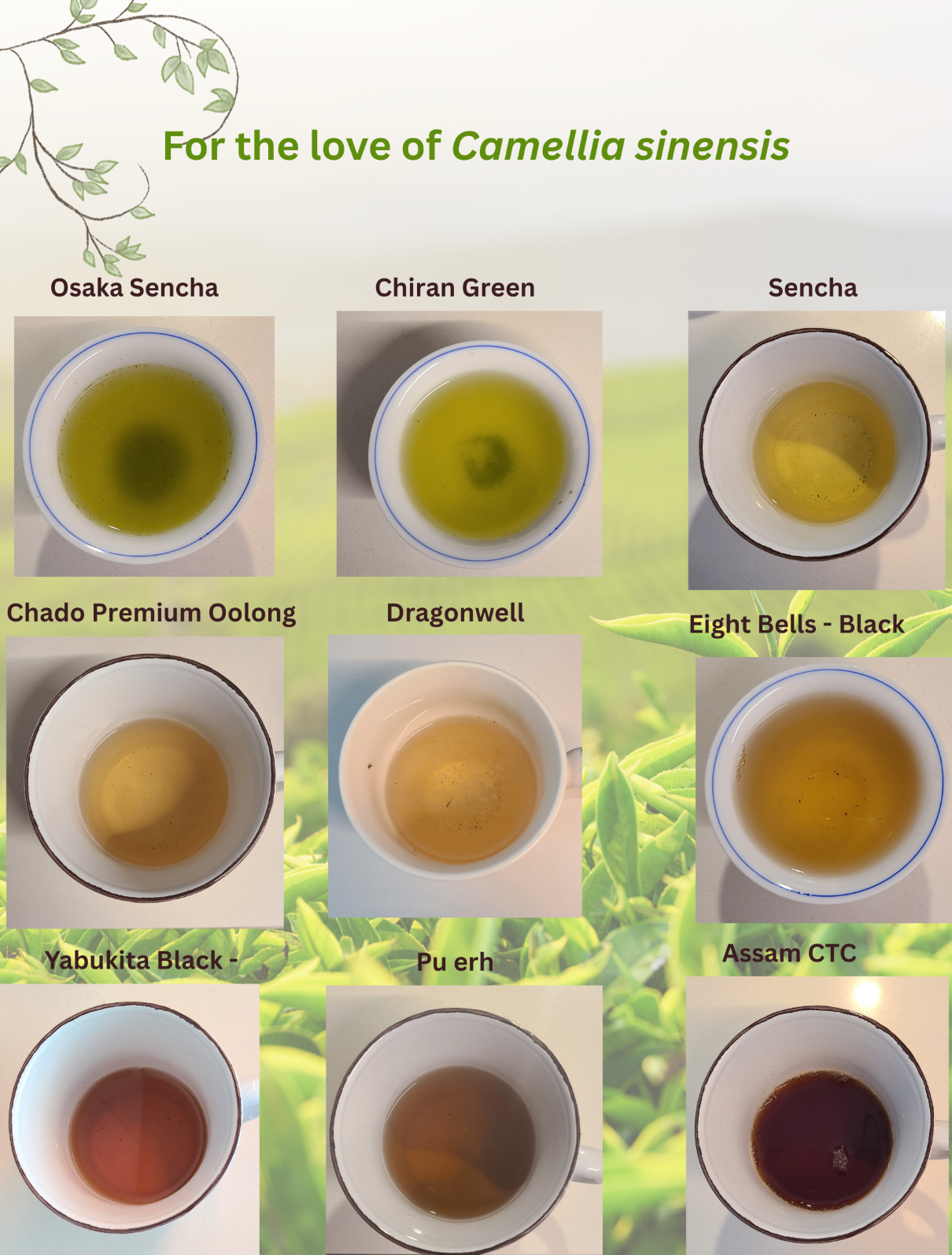Archaeologist’s Guide to Tea
While studying different teas I started taking photos of each brew to help me recall the colour of the liquor.[1] When I was doing a comparison chart I immediately thought of my Munsell colour guide. 😎 Then I thought about how important tea was for me on excavations. It was imbibed in large quantities early in the morning (to get you going)…but not so much that you would need several bathroom breaks - which variously involved outhouses, buckets in a tent, or a (often thorny) bush. 🌵Tea was looked forward to as a break from the hard labour and the heat or cold (depending on location), and a variety was available in different countries. Some was brewed like dirty water and others so strong (and/or so sweet) that you would be pinging off the sides of your trench.
From a lovely Earl Grey (if I was lucky - or brought it with me), to the emphatically energizing (sweet) green tea of the Tuaregs in Mali, the shay nana (mint tea) in Egypt, or the refreshing Greek Mountain Tea (Sideritis cretica) in Crete, they all have a place in the memories of my field work.
Karkade (hibiscus tea) has a unique citrus flavour, and is also a favourite served iced. This brew (above) was made quite strong as I really love the flavour.
Do you have a favourite brew? From where?
Note: The end of the day was usually reserved for something stronger, like a good gin & tonic! 😉 Please note that this is also in no way a show of competition against coffee…it too has its place.☕
[1] For my archaeology (and Navy) friends - I do not mean alcohol, but the brewed liquid from Camellia sinensis (tea). A definition of tea liquor can be found here: https://ikimbala.com/pages/tea-liquor-1#
[2] All colours were examined under artificial light in my kitchen.




